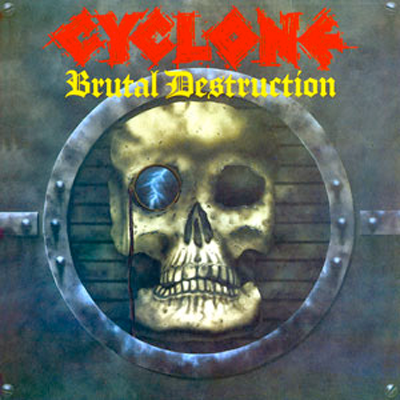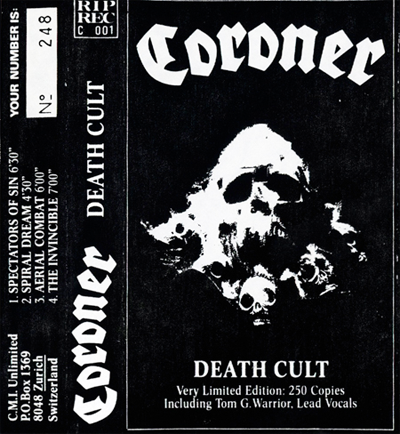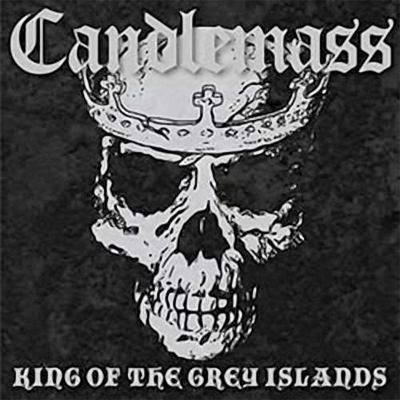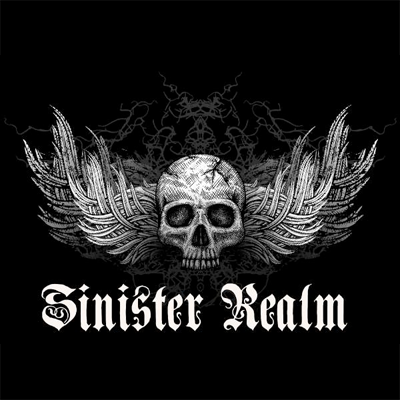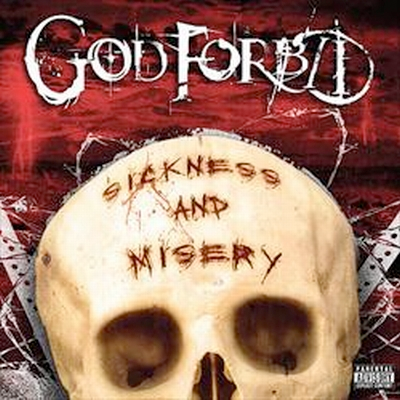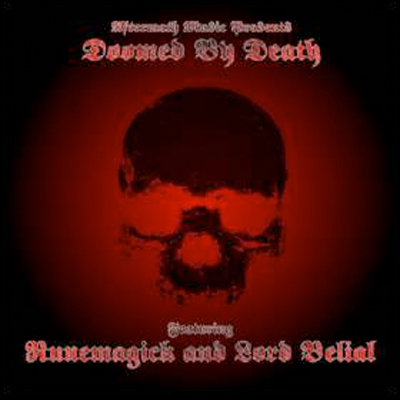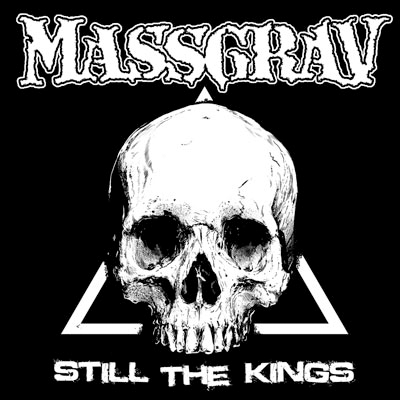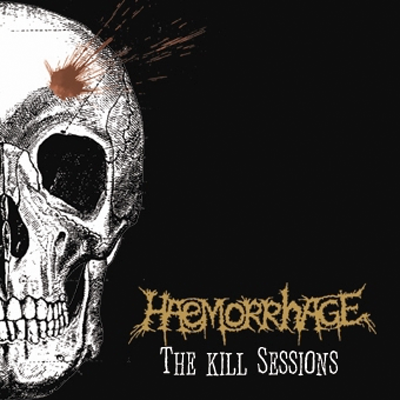
HAEMORRHAGE, The Kill Sessions (2007, Emetic)
The skull:
Half a skull (probably cribbed from a textbook or something), set to the far left of a black background, and adorned with a rusty blood splatter on the forehead. One wonders how it was decided that half a skull was better than a whole skull. Did the graphic designer not know how to resize his skull clip art? When he realized the image he had was going to take up the entire cover, he realized he also didn’t know how to get the logo over the skull without blacking out the entire rectangle (since the logo had a black backgound). So, he moved the skull over to make room for the logo and title. Perfecto!
The music:
A live-in-the-studio recording of fan-selected tunes, The Kill Sessions is as inessential as its cover is inept. Given the name and the logo, it should come as no surprise that Haemorrhage are a straight-up Carcass clone, working the Reek and Symphonies beat without any interest in advancing the story. There’s a youthful vitality to those early Carcass records, and a playfulness that goes a long way toward redeeming the occasionally hilarious sloppiness of the proceedings. Haemorrhage, it can be said, play their instruments better than Bill, Jeff, and Ken did on that first album, but they certainly don’t eclipse their heroes’ sophomore-album performances, and if there is any ironic fun hiding in Haemorrhage’s lyrics (I didn’t bother to check), there’s none of the Carcassian cheek in Haemorrhage’s music. There have been some great Carcass clones over the years (Impaled, and to a lesser extent, Exhumed come to mind), but far, far more pointless ones, and while Haemorrhage are hardly the worst of their kind, there’s not much more value in being in the middle of the pointless many.
— Friar Johnsen
